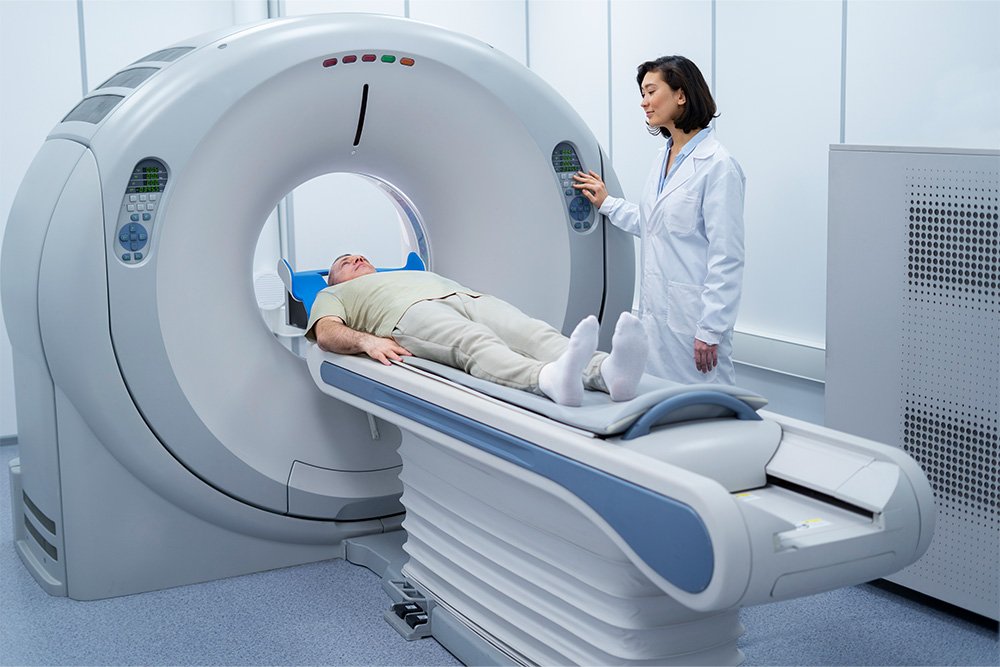MRI Fusion Biopsy
MRI Fusion Biopsy services offered in Central Midtown, New York and East Hills, NY
An MRI fusion biopsy uses cutting-edge imaging technology to produce detailed images of the prostate gland. Fellowship-trained urologist David B Samadi, MD, uses this advanced technology at his office in New York’s Central Midtown Manhattan. It enables him to accurately find and remove abnormal prostate tissue. Call Dr. Samadi’s office today to learn more about MRI fusion biopsies or schedule a consultation online.

What is an MRI fusion biopsy?
An MRI fusion biopsy combines two diagnostic images to produce the most precise picture possible of your prostate gland. One technology is magnetic resonance imaging (MRI), which uses magnets and radio waves to construct highly detailed images. The other is ultrasound, which uses echoing sound waves to create moving images.
Combining these technologies guides Dr. Samadi to suspicious prostate tissue. He can target the tissue extraction process (biopsy) rather than taking random samples. MRI fusion ensures that you get a fast, precise diagnosis and treatment.
What advantages does an MRI fusion biopsy offer?
MRI-guided fusion biopsies offer several advantages over a standard MRI or transrectal ultrasound (TRUS). They fuse real-time prostate gland ultrasound images, allowing for a more accurate diagnosis of abnormal tissue that might not have been identifiable using traditional TRUS.
MRI fusion to perform biopsies has a 30%-40% better chance of detecting cancer than TRUS alone. Dr. Samadi completes an MRI fusion biopsy in his office in about 15 minutes.
MRI fusion biopsies identify if you have an aggressive cancer needing fast removal or a slow-growing one that doesn’t need immediate treatment. This approach preserves the patient’s quality of life and prevents metastasis (cancer cells spreading from the prostate to other organs and tissues).
An MRI fusion biopsy helps patients avoid unnecessary treatment for slow-growing prostate cancers or repeat prostate biopsies.
What happens when I have an MRI fusion biopsy?
The first stage is a noninvasive, painless prostate MRI. The MRI machine surrounds your body — you lie still while it takes many pictures. A radiologist reviews the MRI images to look for suspicious areas that might be prostate cancer.
Next, you have an ultrasound. This requires a local anesthetic to keep you comfortable while your doctor inserts a small ultrasound probe into your rectum.
Fusion biopsy technology combines MRI and ultrasound images in real-time. This fusion of images creates a more precise picture to identify abnormal tissues. Dr. Samadi uses the fused ultrasound and MRI images to guide him as he collects the prostate biopsy with a needle. The tissue sample is sent to a lab for analysis.
Only urologists like Dr. Samadi, with special prostate cancer training and knowledge, do MRI fusion biopsies.
Call David B Samadi, MD, today or book an appointment online to learn more about cutting-edge MRI fusion biopsy.
Contact us
Connect With
Address
485 Madison Avenue, 21st Floor, New York, NY 10022
Call Us
Address
2200 Northern Blvd Suite 120, East Hills, NY 11548